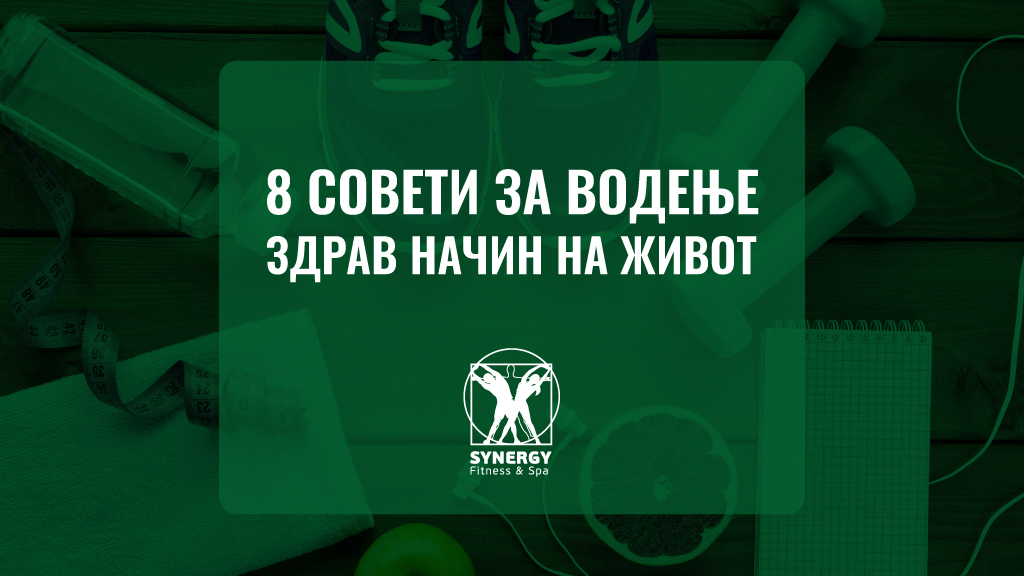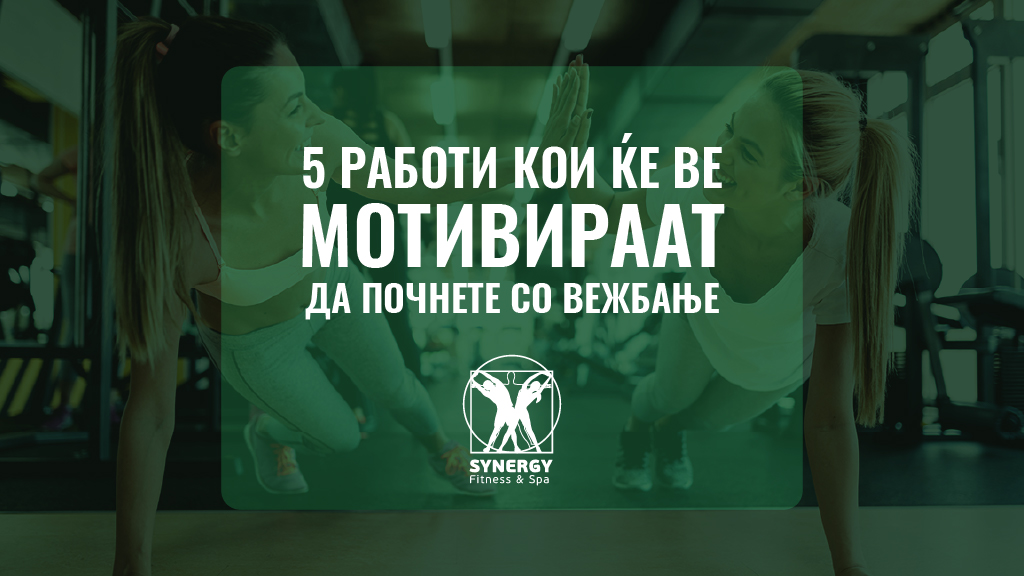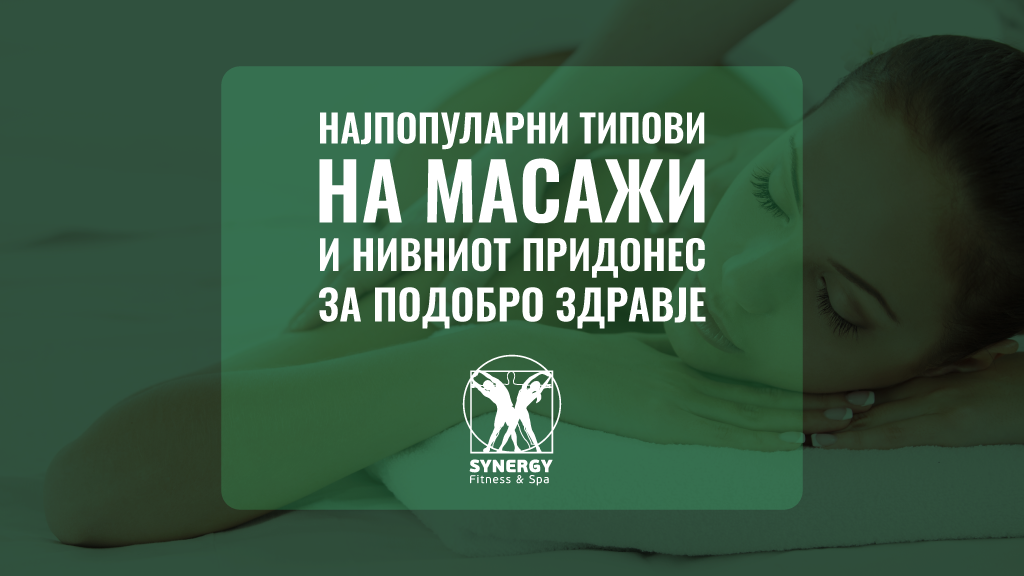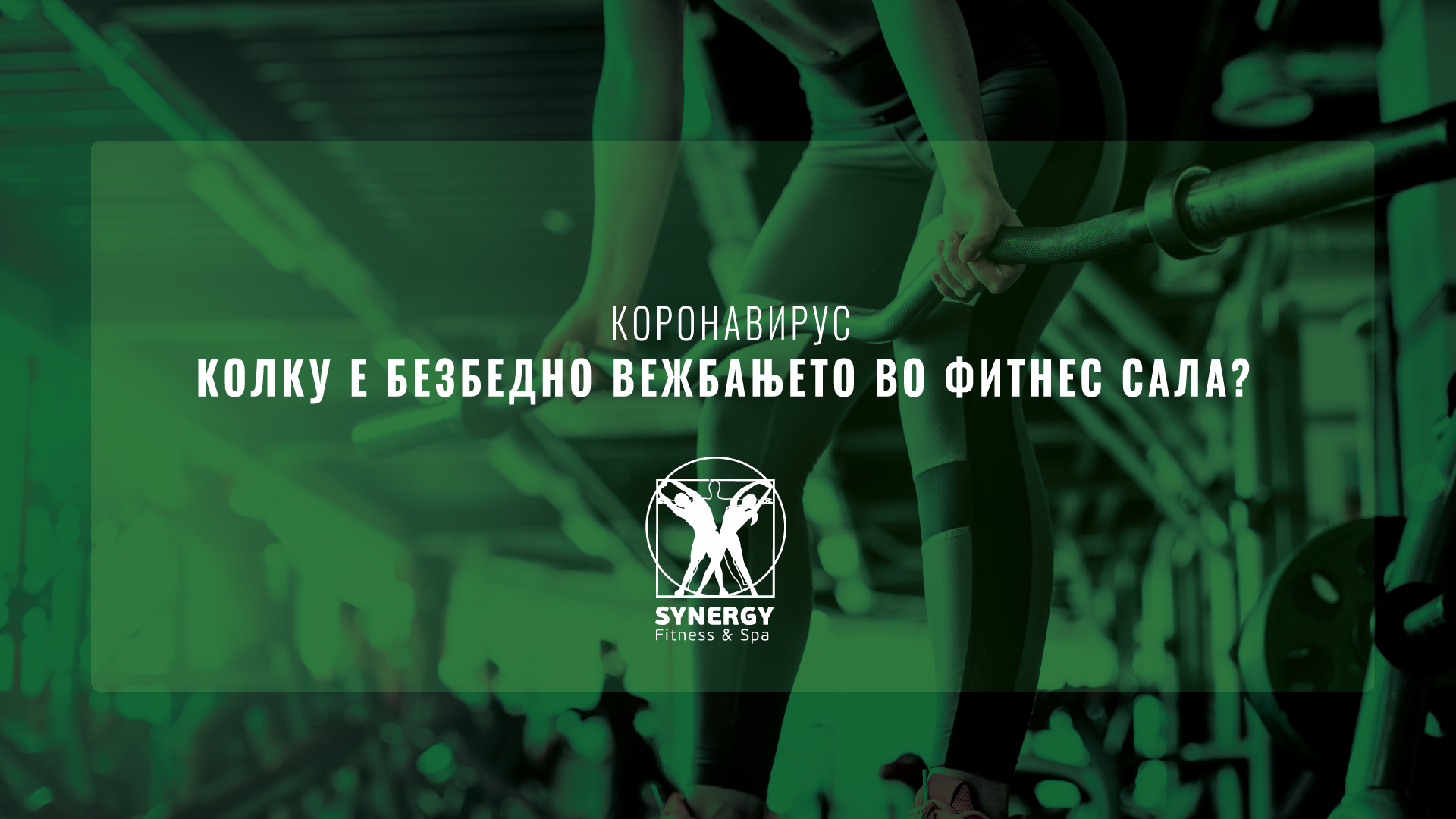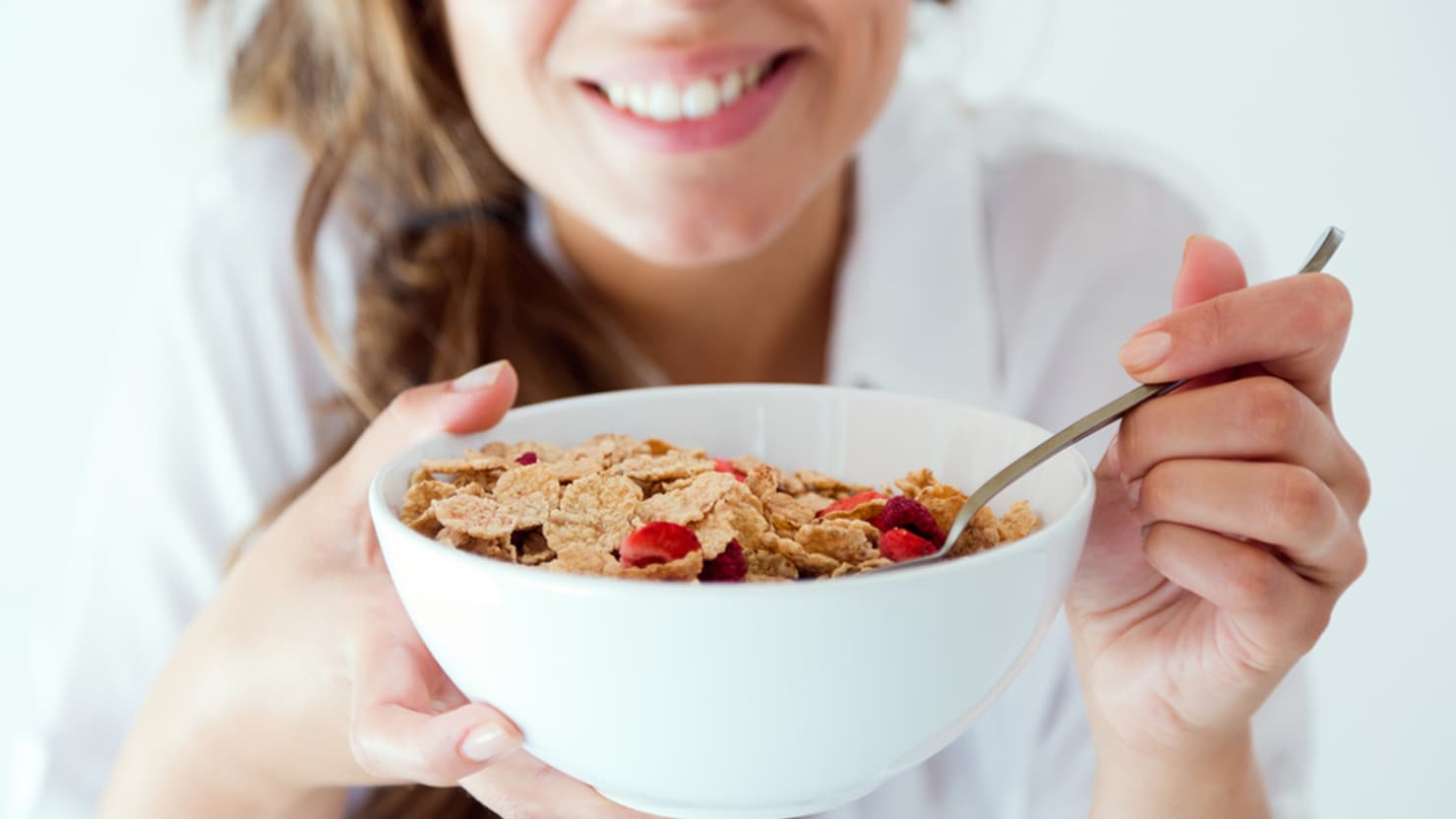In order to improve the quality of life you live, health and well-being, you need a series of improvements and adherence to some rules that over time should become your way of life. By maintaining healthy habits and avoiding the thought of giving up, you can achieve the desired goal.
Here are some basic tips to stay healthy and improve your quality of life:
Optimal hydration
- For optimal hydration of the body it is necessary to consume enough fluids, especially water, at least 8 glasses a day. This will give you more energy and your skin will be more elastic and healthier.
Quality sleep is half health
- Is long-term sleep not enough for you? In addition to the night’s sleep, you must afford at least a 30-minute quality break from your current responsibilities every day. That way, your evening sleep will be quality and effective.
Avoid smoking, alcohol and other harmful substances
- The risk of cardiovascular and brain diseases increases significantly in smokers, and regular consumption of alcohol causes addiction, depression and anxiety, high blood pressure and liver disease. Try to avoid regular consumption of these pests as much as possible.
Food and fresh juices
- The choice of food and the way it enters the body is of great importance for a healthy lifestyle. Also, try freshly squeezed juices instead of crunchy ones.
Proper choice of environment
- Choose your environment, choose the right people by your side. The habits and energies of the people with whom we share our everyday life become part of us and our everyday life, so make the right choice.
3 hours without phone
- Try to set aside at least 3 hours of your daily routine where you will not have contact with your phone. Reality is much more important.
Active lifestyle
- An active lifestyle always contributes to improving the quality of life, increasing endurance and flexibility, improving well-being. Therefore, strive to have a quality life.
Regular physical activity
- In addition to helping to control and lose weight, physical activity helps reduce the risk of heart disease and malignancy, improves mental health and increases the chances of a better life.
Improve your quality of life and start making changes to achieve the desired goal.
Take advantage of the promotions this Black Friday:
- 3 months Fitness and spa at a price of 7,500 denars.
- Package of 10 medical massages at a price of 7,000 denars.
Limited quantities. Valid only for online payments.
